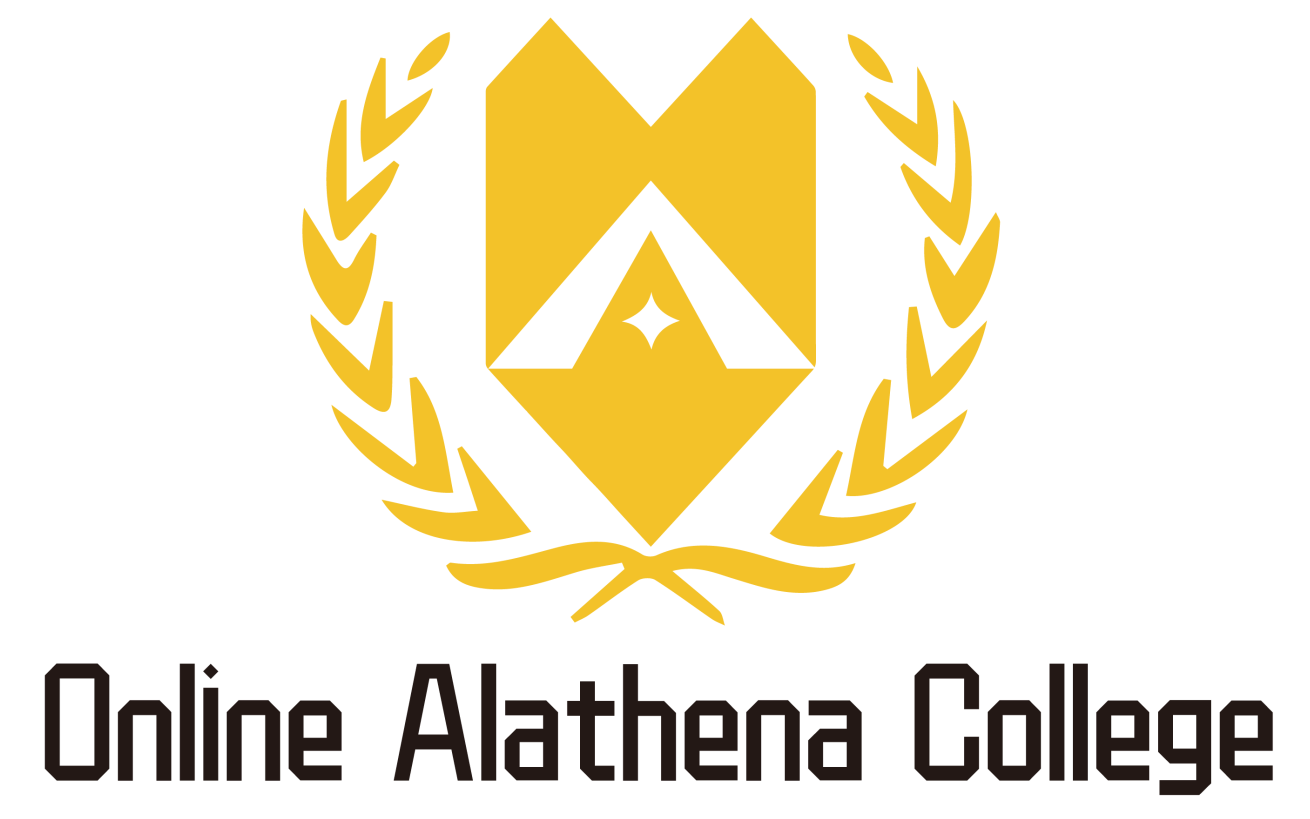MHF4U
Advanced Functions, Grade 12, University Preparation
Course code
MHF4U
Study time
110 hours
Level
Grade 12
Credit Value
1.0
Prerequisite
Functions, Grade 11,University Preparation (MCR3U)
Curriculum Policy
The Ontario Curriculum, Mathematics, Grades 11 & 12, 2007 (Revised)
Course Description
This course extends students’ experience with functions. Students will investigate the properties of
polynomial, rational, logarithmic, and trigonometric functions; develop techniques for combining
functions; broaden their understanding of rates of change; and develop facility in applying these concepts
and skills. Throughout the course, students will engage in the following processes: Problem Solving,
Reasoning and Proving, Reflecting, Selecting Tools and Computational Strategies, Connecting,
Representing and Communicating. This course is intended both for students taking the Calculus and
Vectors course as a prerequisite for a university program and for those wishing to consolidate their
understanding of mathematics before proceeding to any one of a variety of university programs.
Unit 1: Functions: Characteristics and Properties
In this unit, students will learn techniques to analyze various combinations of functions and solve real world
problems requiring these techniques. Students will determine functions that result from the
addition, subtraction, multiplication, and divisions of two functions and from the composition of two
functions, describes some properties of the resulting functions, and solve related problems.
Unit 2: Polynomial Functions, Equations and Inequalities
In this unit, students learn to identify and describe some key features of polynomial functions and to make
connections between the numeric, graphical, and algebraic representations of polynomial functions.
Students will develop skills that can be used to analyze and solve polynomial equations and inequalities. These concepts allow students to manipulate functions in a number of ways and apply their skills to solve
real-world problems.
Unit 3: Rational Functions, Equations, and Inequalities
Students begin this unit by identifying and describing some of the key features of rational functions.
Students then learn to represent and manipulate these functions to solve real-life problems, graphically and algebraically. This unit also introduces the idea of inequalities and how they produce different
solutions than equations.
Unit 4: Trigonometric Functions & Solving Trigonometric Equations
This unit examines the meaning and application of radian measure. This allows students to solve more
complex situations in exact values. Students recognize the radian as an alternative unit to the degree for
angle measurement, define the radian measure of an angle as the length of the arc that subtends this
angle at the centre of a unit circle, and develop and apply the relationship between radian and degree
measure.
Unit 5: Trigonometric Identities
This unit develops students understanding of trigonometry by expanding on the functions behind the
trigonometric ratios. Students look at trigonometric functions and their reciprocals, examine their key
properties and behaviours, and learn how they can be transformed to model a wide range of data.
Unit 6: Exponential and Logarithmic Functions
In this unit, students will explore a variety of situations that can be modeled with an exponential
function or its inverse, the logarithmic function. They will learn a variety of strategies for solving
exponential and logarithmic equations and apply modeling strategies to solve a variety of problems
involving data that can be modeled by exponential and other types of curves.
Unit 7: Course Review, Summative ISU, Final Exam
Overall Curriculum Expectations
A. EXPONENTIAL AND LOGARITHMIC FUNCTIONS
- A1. demonstrate an understanding of the relationship between exponential expressions and logarithmic expressions, evaluate logarithms, and apply the laws of logarithms to simplify numeric expressions;
- A2. identify and describe some key features of the graphs of logarithmic functions, make connections among the numeric, graphical, and algebraic representations of logarithmic functions, and solve related problems graphically;
- A3. solve exponential and simple logarithmic equations in one variable algebraically, including those in problems arising from real-world applications.
B. TRIGONOMETRIC FUNCTIONS
- B1. demonstrate an understanding of the meaning and application of radian measure;
- B2. make connections between trigonometric ratios and the graphical and algebraic representations of the corresponding trigonometric functions and between trigonometric functions and their reciprocals, and use these connections to solve problems;
- B3. solve problems involving trigonometric equations and prove trigonometric identities
C. POLYNOMIAL AND RATIONAL FUNCTIONS
- C1. identify and describe some key features of polynomial functions, and make connections between the numeric, graphical, and algebraic representations of polynomial functions;
- C2. identify and describe some key features of the graphs of rational functions, and represent rational functions graphically;
- C3. solve problems involving polynomial and simple rational equations graphically and algebraically; 4.demonstrate an understanding of solving polynomial and simple rational inequalities.
D. CHARACTERISTICS OF FUNCTIONS
- D1. demonstrate an understanding of average and instantaneous rate of change, and determine, numerically and graphically, and interpret the average rate of change of a function over a given interval and the instantaneous rate of change of a function at a given point;
- D2. determine functions that result from the addition, subtraction, multiplication, and division of two functions and from the composition of two functions, describe some properties of the resulting functions, and solve related problems;
- D3. compare the characteristics of functions, and solve problems by modelling and reasoning with functions, including problems with solutions that are not accessible by standard algebraic techniques.

